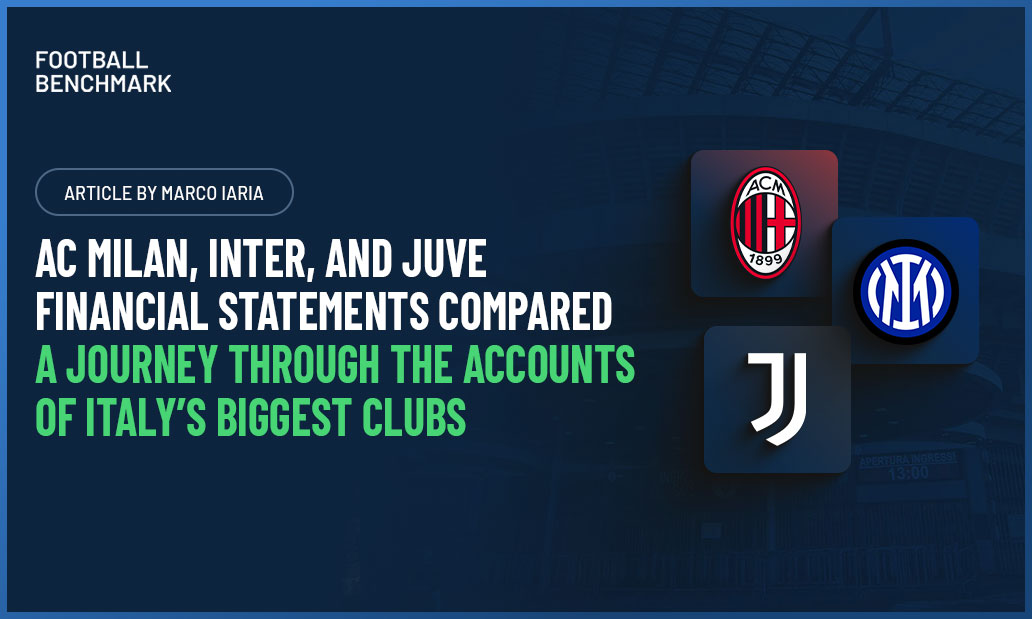
Key Insights
- Excessive matches and travel loads put elite football players at higher risk of injury and burnout.
- Elite players spend upwards of 80% of the year on football related commitments, leaving limited time for recovery and private life.
- Top clubs’ executives and players increasingly point at the congested football calendar to justify a high number of injuries.
Introduction
Players and coaches are increasingly raising their concerns about the congested match calendar. As top players juggle club commitments, national team duties and other obligations, the lack of recovery time amplifies physical fatigue and mental burnout. This type of overload over a prolonged period leads to a domino effect of underperformance and heightened injury risk, ultimately impacting a player’s overall career prospects.
While the impact of calendar congestion is felt amongst many professionals, often players at the pinnacle of the game experience the most adverse effects. Yet, it is their performances that attract most fans and underpin the financial and commercial success of the industry.
In this article a holistic view on player workload is presented in order to help understanding the drivers and impacts of this increasingly important topic. The discussion concludes with a short case study of the players representing one of the most successful teams in the sport: Real Madrid CF.
Holistic view of player workload
In professional football, player workload is a multifaceted subject consisting of physical, mental, and logistical demands. A nuanced approach of these interconnected factors is essential in grasping their impact on player health, performance, and career longevity.
Given the global popularity of the sport, it is not surprising that new competitions are added to the schedule (e.g., FIFA Club World Cup) and existing ones are expanded (e.g., FIFA World Cup, UEFA Champions League, etc.) on a regular basis. Club commitments often impose relentless demands on players with the high volume and frequency of matches defining a top-level footballer’s calendar. These challenges are compounded by daily training sessions, which, while necessary, leave little room for recovery. Pre- and post-season tours further erode valuable offseason recovery time, especially in years featuring off- season competitions. Athletes’ commitments also extend to national team duties, where international windows require extensive travel across time zones and climates.
Bruno Fernandes, for example, played over 70 matches across all club and national team competitions during the 2022/23 season, including club and national team fixtures, reflecting the cumulative stress elite players face. Additionally, external obligations are becoming a hallmark of modern athletes’ lives often overlapping with recovery time.
With such a schedule, the impacts of an excessive workload can be felt in a myriad ways with a prolonged workload of this nature ultimately influencing a player’s career. The physical toll of excessive match load is evident in the increased risk of injuries.
Frequent long-distance travel disrupts recovery cycles, while irregular schedules and time-zone shifts, further compromising physical resilience. Looking at the 2022/23 season, 63% of Marquinhos’ (Paris Saint-Germain FC and Brazil national team) on-pitch minutes were recorded in back-to-back matches, meaning that he did not have sufficient recovery time between two-thirds of his games. In addition, he traveled over 55,000 kilometers on international flights while crossing time zones 30 times in the same timeframe. Europe-based South American players often face a similar challenge.
Ultimately, the cumulative impact of these stresses can shorten careers. Chronic injuries and burnout accelerate the decline in performance, reducing the players’ sporting value and creating a financial strain for both players and clubs.
Working time analysis
How can the above-outlined commitments of players be quantified? Going beyond the traditional workload statistics such as match appearances or minutes played, an analysis of how a player spent each day of the year can be conducted. This approach of ‘working time analysis’ considers the primary activity of every day and assigns them into one of three main categories:
- Club commitments: days spent mainly with matches, club training, travel related to match games and other club or commercial deal related activities
- National team commitments: days of national team matches, training camps, travel related to national team games
- Rest and recovery: off-season and in-season break, as well as full rest days during the season that are without any of the activities listed above.
The selected example provides a comprehensive overview of an elite player’s typical season from one of Europe’s “Big Five” leagues. The player in question consistently manages both club and national team commitments and his schedule involves significant travel.
The analysis results indicate that 80% of the year is associated with ‘working time’, either for club or country. The remaining 20% is left for private time that is spent entirely outside the football environment, allowing the player to recover.
It is important to highlight that although this is just one example, it is representative of a large group of players who are involved in multiple international competitions and whose off-season breaks are often infringed upon by long summer tournaments. In addition, our analysis have found several players who recorded working time percentages well above 80%. In the current competition landscape, it is not unheard of that certain players spend 86-87% of the year in a work setting and go 365 or more days without any off-season break.
The long-term consequences of sustained high workload (“excessive load”) must be considered by competition organizers when developing the match calendar of the future.
Case Study: The challenges of Real Madrid CF’s 2024/25 season
In the final section, we explore this season’s match calendar at club level, looking into the schedule of one of the most successful clubs across European football. Real Madrid’s recent challenges provide insight into how top clubs experience the effects of excessive player workload.
More Competitions, More Matches, Same Players
Real Madrid CF concluded the 2023/24 campaign on a high note, winning both La Liga and the UEFA Champions League, culminating in a total of 55 competitive matches played. With the revamp of the UEFA Champions League, alongside the FIFA Club World Cup and the newly formatted FIFA Intercontinental Cup, the number of their competitive matches could rise to 72 in 2024/25, provided that they reach the final of every competition they participate in. Additionally, it must be noted that many of their players are likely to feature in many more matches than that, considering that they are important members of their respective national teams, as well.
Increased Travel Load
As previously mentioned, these competitions take place in various international locations, significantly increasing travel demands on players. Real Madrid will begin and end their season in the United States, while the newly formatted UEFA Champions League adds to their in-season travel burden. Additionally, the team will make multiple trips to the Middle East for competition commitments.
Intense Christmas Schedule
Matches classified as 'back-to-back' occur when less than five days separate them. Limiting the number of such games seems, however, difficult to achieve with top clubs playing two matches almost every week during the season. For example, following the November international break, Real Madrid CF faces an intense festive period with seven matches in just under a month. Further compounding the intensity, most of these matches are played away from home, requiring international travel to destinations including England, Italy, and Qatar.
Early Season Injury Struggles
As Club President Florentino Pérez put it in late November, “the excessive calendar in today's football is taking its toll on the well-being of players, who are struggling to cope with an unprecedented schedule. This situation not only affects their performance but is directly linked to an alarming rise in injuries.”
A knock-on effect of the constantly high match load indeed seems to be a rise in injuries. To date, 16 of Real Madrid’s 22 first-team players have already suffered injuries sometimes during the 2024/25 season, even though we are only four months into it. Last season, the club recorded 48 injuries with an associated cost of EUR 37.69 million, which was the highest among all clubs in La Liga. The cost in this context is estimated by the Howden Group and is the sum of affected players’ wages while they were injured. This season, with an already extensive early injury list, the financial burden could exceed last year's record, highlighting the financial effects of an unsustainable calendar.
Vinícius Jr. – A Historical Comparison
Vinícius Jr., a key player on Real Madrid's current injury list, exemplifies the toll of excessive workload. Due to his importance to his teams throughout his career, he has already racked up a substantial amount of playing time before turning 24. According to our research, his total on his last birthday in July stood at over 20,000 minutes for club and country. To put this into perspective, this is well above the playing time of past Brazilian legends such as Kaka, Ronaldinho and even Ronaldo at the same age.
Additionally, a significant portion of Vinícius’ minutes came in matches played in the famous shirt of Real Madrid, highlighting the importance of the player to the club’s recent successes.
Given his comparatively high match load, it is not surprising that the player himself attributed his latest injury to the congested football calendar. This echoes a growing sentiment amongst players; more and more stars voice their concerns about the workload and ever-expanding match schedule.
Conclusions
- Key stakeholders (most notably, the players themselves) are increasingly cognizant of the consistently high workload at the top of the game. Several high-profile players and coaches have raised this issue in recent years.
- Nevertheless, football does not seem to be stopping; new competitions are being created and more matches are added to the schedule. International players are facing calendar congestion more often.
- As seen in the holistic view of workload, there is a multitude of risk factors associated to players’ “excessive load”, an issue stakeholders will need to address to preserve the quality of competitions moving forward.




